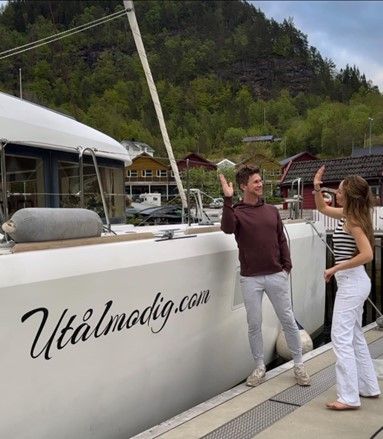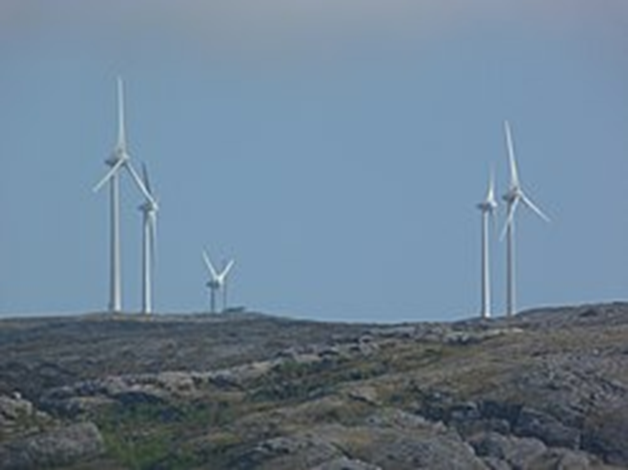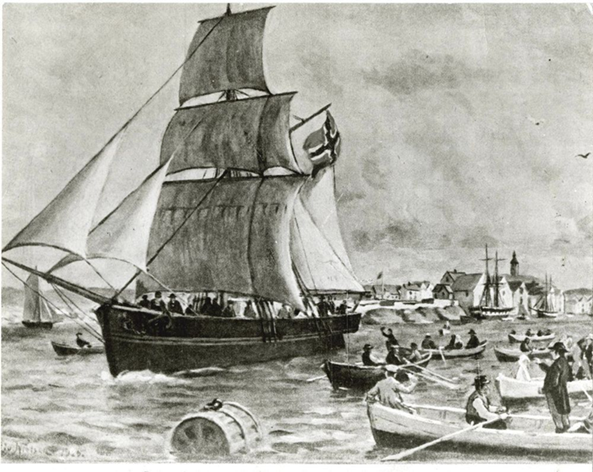
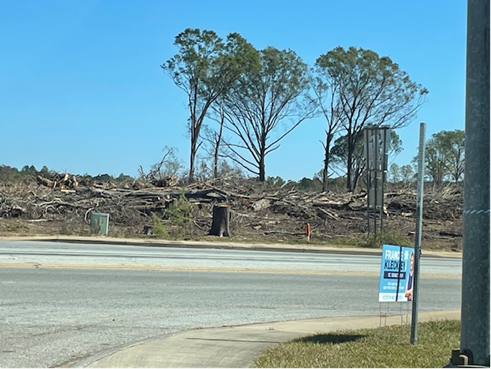

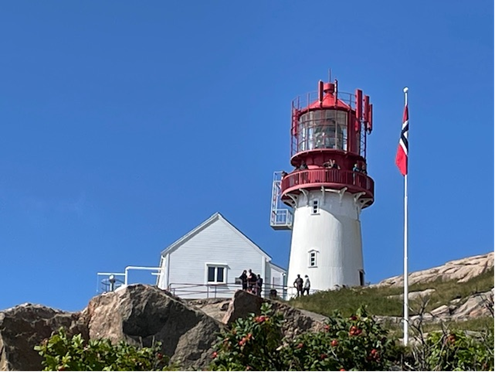
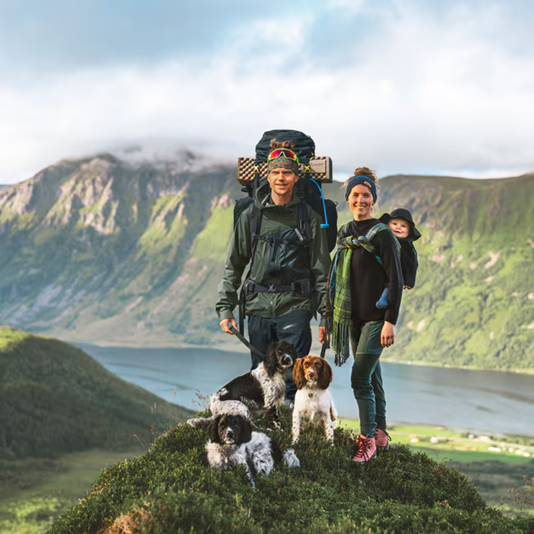
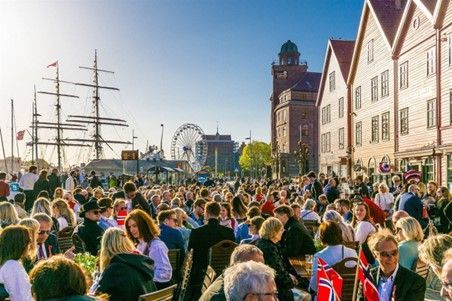
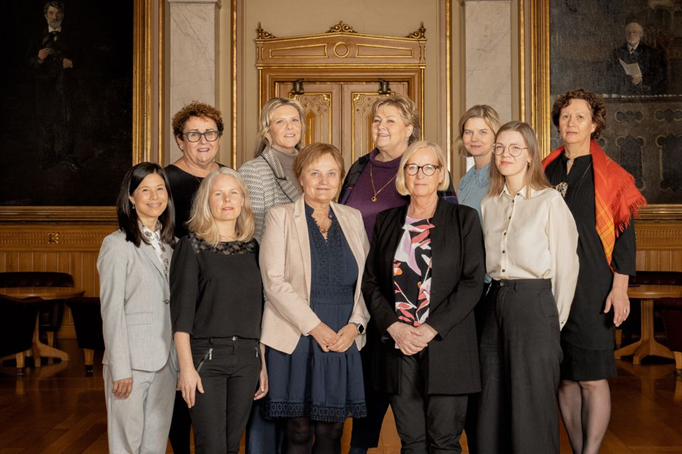

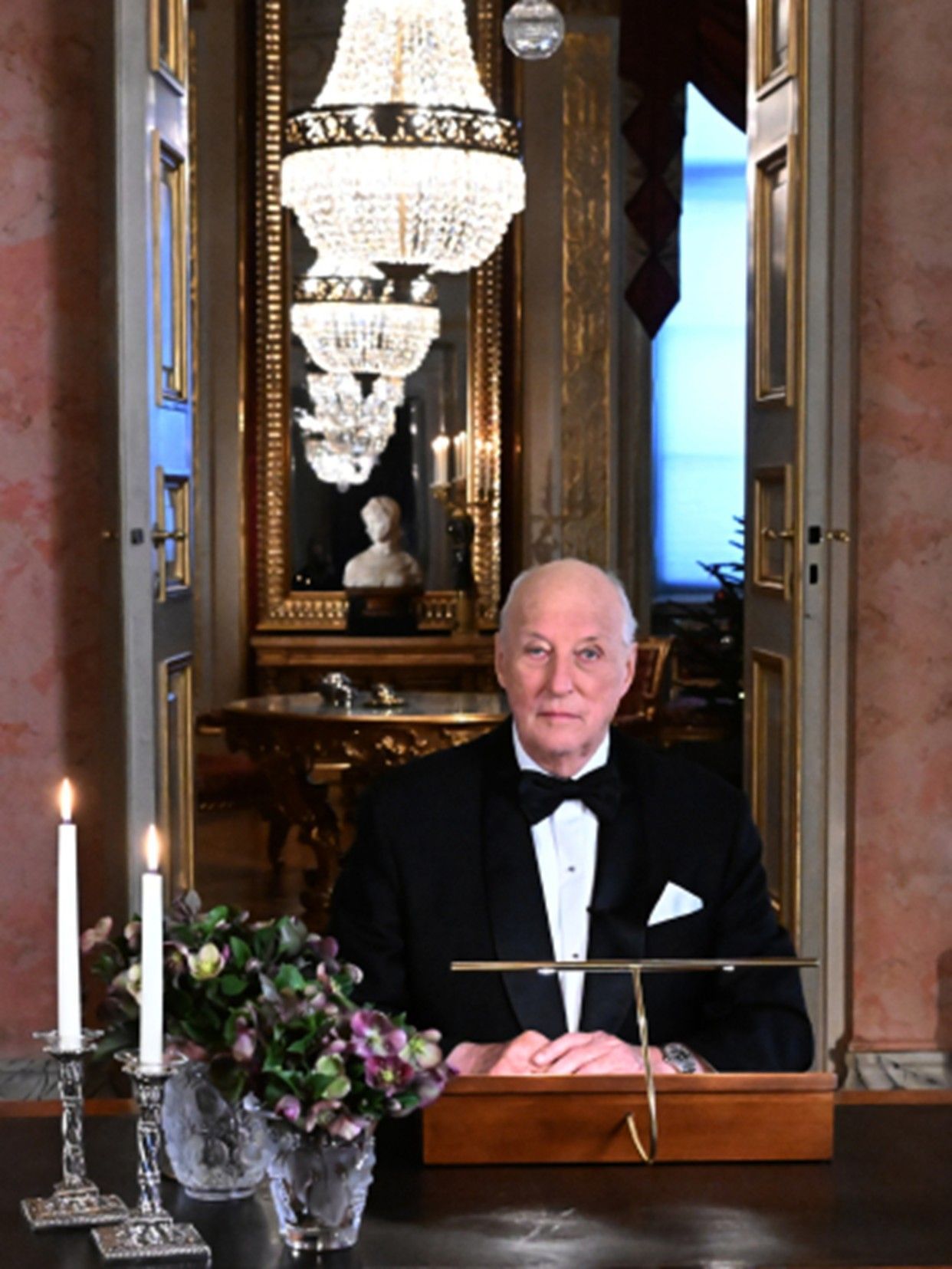

In Norway, there is an old Sami tradition of going to the King for help as a last resort when all other possibilities have been tried. In a recent interview, historian Harald Lindbach of the State Archives in Tromsø told the Norwegian Broadcast Corporation (NRK) that this goes back to the 17th and 18th centuries when individuals would make direct contact, often in connection with questions about rights to land.
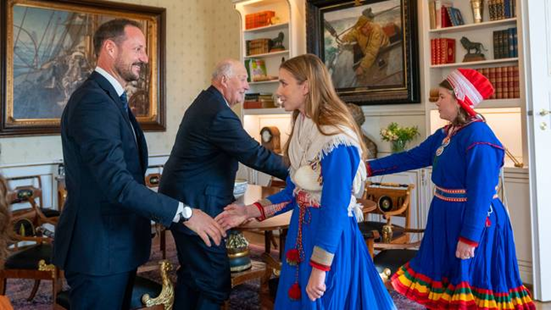
In a return to the tradition, seven young Sami activists known as the Fosen Campaigners met with the King and Crown Prince in mid-October. In the week leading up to the royal visit, Sami organizations, conservationists and individuals took part in demonstrations in Oslo. The aim of the demonstrators was to draw attention to the fact that wind turbines at Fosen (a peninsula in the middle of the country) are still in full operation two years after an October 2021 judgment from the Supreme Court ruled that the permit for the development of the wind turbines at Fosen was invalid because they are in the winter grazing area of the Fosen reindeer herding district. Unfortunately, the Supreme Court did not say what concretely should happen to the wind power plants, and they continued to operate.
The Sami have demonstrated repeatedly against the wind farms’ continued operations since the 2021 ruling that the construction of the turbines violated the rights of the Sami, who have used the land for reindeer for centuries. In June, activists protested outside Prime Minister Jonas Gahr Støre’s office. They occupied the Ministry of Petroleum and Energy for four days in February, and later blocked the entrances to 10 ministries. Prime Minister Jonas Gahr Støre has acknowledged “ongoing human rights violations” and the government has repeatedly apologized for failing to act despite the Supreme Court ruling.
The latest demonstration began last week on the two-year anniversary of the Supreme Court’s ruling, when Sámi activists, including Mihkkal Hætta, who has been living in a lávvu (a temporary Sami dwelling resembling a teepee) outside Parliament for a month, began a sit-in. On Wednesday, October 11th, 20 demonstrators, many dressed in traditional garments known as gáktis, sat down in the central corridor at the Parliament and chanted in protest. Later in the evening, the activists were carried out by the police. Karl Johans Gate, the main street in Oslo outside the Parliament, was also blocked by hundreds of demonstrators. On Thursday, about one hundred activists protested outside the Oslo offices of Statkraft, a state-owned company that operates eighty of the wind turbines at Fosen. Environmentalist Greta Thunberg of neighboring Sweden joined the protest in Oslo. “We cannot have renewable energy that violates human rights,” Thunberg said, according to NTB, the Norwegian news agency. “Statkraft and other owners must step forward and demand a solution to the Fosen case, so that green energy is developed in the right way in the future without violating the rights of Indigenous people.” Finally, on Friday before the meeting, the activists ended their civil disobedience and dropped their chains. “Now we see ourselves having to return to an age-old Sami tradition of going to the King,” said Ella Marie Hætta Isaksen, during the actions on Friday outside the castle.
A journalist from NRK asked Ingke Jåma, another member of the group, “What do you want to talk to the King and Crown Prince about?” She responded, “I think it is important to bring out the human perspective in this. It is a great mental burden for those who fight this battle every day.” After the meeting, although tight-lipped about what specifically was said, Jåma stated “It was a strong meeting.” She said that the King and Crown Prince showed understanding for their situation. “We could show emotions and we felt that we were seen.” She is the third in her family to have asked for an audience with the King. “It is very special for me to be here today,” she said. Just a week before, the Fosen Campaigners sent the inquiry to the royal house asking for the meeting. “I think it's very nice that we get to see the King on such a short notice. It means that he also believes that it is an important matter.” Harald Lindbach, the historian, agreed. According to him, the way Norwegian democracy works today, the King does not have much leeway. At the same time, he said, “it is an important historical signal that is being given.”
To give a little more background on the story, Norway's Directorate of Water Resources and Energy (NVE) gave permission in 2010 for two large wind power developments (Storheia and Roan) at Fosen in Trøndelag (a county in Norway). The decisions on permits for the wind power plants were appealed by two local groups who stated that the decisions were invalid, among other reasons, due to a violation of Article 27 of the UN Convention on Civil and Political Rights. This article states that persons belonging to ethnic, religious, or linguistic minorities shall not be denied the right to practice their own culture, profess and practice their own religion, or use their own language.
The Supreme Court heard the case in a grand chamber with eleven judges in October 2021, and their judgment was that the decision on permission for wind power development at Fosen peninsula was invalid. The Supreme Court stated that it was clear that the Sami are a minority that has protection under the UN provision, and that reindeer herding is a form of protected cultural practice. The Supreme Court reviewed the development in Norwegian Supreme Court regarding the understanding of where the threshold for protection against interference in the Sami's cultural practice lies and stated that the clear starting point is that the states cannot be granted any margin of discretion under Article 27 of the UN Convention on Civil and Political Rights, and that the provision does not allow for a proportionality assessment where other societal interests are weighed against the interests of the minority. This is a natural consequence of the rationale for minority protection, as this would otherwise be ineffective if the majority population could limit it based on an assessment of their legitimate needs. In the assessment of whether the wind power plants at Roan and Storheia represent threshold-crossing interventions in the Sami's cultural practice, emphasis was placed on the fact that the southern Sami culture is particularly vulnerable.
Out of six million Norwegians, the Sami population in Norway numbers between 40,000 to 60,000 although it is difficult to count because they travel in the north. Traditionally Sámi-speaking, they inhabit the region of Sápmi, which today encompasses large northern parts of Norway, Sweden, Finland, and the Kola Peninsula in Russia. The Sami's closest genetic relatives are the Finns, probably after recent immigration into the Sami areas. Especially in northern Finland, the early Sami population was assimilated into the rest of the Finnish population. The Sami are no more related to the Siberian and Mongolian populations than the rest of the European population. This contrasts with the classic view that the Sami are a Siberian people. The genetic distance to other ethnic groups probably comes from a significant founder effect and genetic drift because of long isolation and a small, scattered population.
In 1997, King Harald apologized for Norway’s treatment of Sámi peoples. “We must regret the injustice the Norwegian state has previously inflicted on the Sámi people,” King Harald said. “The Norwegian state therefore has a special responsibility to create the right conditions for the Sámi people to be able to build a strong and viable society. This is a time-honored right based on the Sámi’s presence in their areas going back a long way.” Hætta Isaksen, one of the seven young people who met with the King in mid-October, said that they had inherited the fight from their ancestors, and that while the King made no promises and carried little power to influence state leaders, the meeting was important. “We have been met with arrogance all week,” she said. “But to meet Norway’s highest leader, who understands us, [it] gives us strength to continue.”
As we begin to prepare for the holidays, I believe this is something for which we should all be thankful. What a blessing it is to have a King who respects and represents all Norwegians and honors an ancient tradition to keep the door open for the minorities in the country! The pictures speak for themselves: the Royal Castle is open, and the King and Crown Prince are available when needed.
I wish you all a wonderful Thanksgiving, full of old and new traditions.

